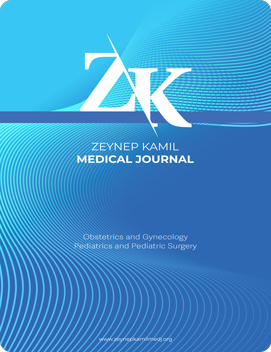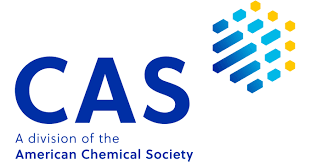Quick Search
Retrospective analysis of surgical site infections after cesarean section: Rates, microbiological profile, and clinical features
Sami Açar1, Betül Yılmazer2, Erman Çiftçi2, Pınar Kumru21Department of General Surgery, University of Health Sciences, Turkey. Zeynep Kamil Maternity and Childrens Training and Research Hospital, İstanbul, Turkey2Department of Obstetrics and Gynecology, University of Health Sciences, Turkey. Zeynep Kamil Maternity and Childrens Training and Research Hospital, İstanbul, Turkey
INTRODUCTION: Surgical site infection (SSI) accounts for 31% of healthcare-associated infections and is associated with a 3% mortality rate. It increases the frequency of transition to the intensive care unit, the length of hospital stay, and the rate of readmissions. According to the National Health Service-Related Infections Surveillance Network 2017 data, the rate of infection in the surgical field in our country is 0.72%, and this rate is 1.0% in 25 of 60 types of surgery. Obstetricgynecologic surgeries are in this group. Information on SSI after cesarean section is limited in the international and national literature. Our research is aimed to define the features of C-section SSI and contribute to the solution of the problems observed with the data to be obtained.
METHODS: A retrospective evaluation of SSIs in patients who underwent C-sections between January 1, 2018, and December 31, 2020, at Zeynep Kamil Maternity and Childrens Training and Research Hospital was conducted.
RESULTS: During the study period, SSI was observed in 191 (2.3%) of 8370 C-section cases, and the mean age of these patients was 30.5±6.3 years. Body mass index was at the level of 32.8±5.2 kg/m2 and body mass index value was >30 kg/m2 in 88% of the SSI group. Emergency C-section was applied in 145 (75.9%) cases and elective C-section in 46 (24.1%) cases. The skin incisions were closed with multifilament in 174 (91.1%), monofilament in 14 (7.3%), and skin stapler in 3 (1.6%) patients. After the diagnosis of SSI, the povidone iodine dressing was sufficient for wound healing in 184 (96.3%) patients. Secondary healing method was applied to 4 (2.1%) patients and negative pressure wound closure technique was applied to 3 (1.6%) patients.
DISCUSSION AND CONCLUSION: In terms of SSI, it is recommended to perform a preoperative risk assessment for pregnant women and to show appropriate approaches to risky people. Providing wound care training to patients at discharge, timely postpartum controls, and standardizing wound care products to be used will increase the success rate.
Keywords: Cesarean section, debridement, negative pressure wound therapy, post-operative complications, surgical wound infection, wound closure techniques.
Manuscript Language: English
















